Merchant Cash Advance [Instant Relief for Cash Flow Needs]
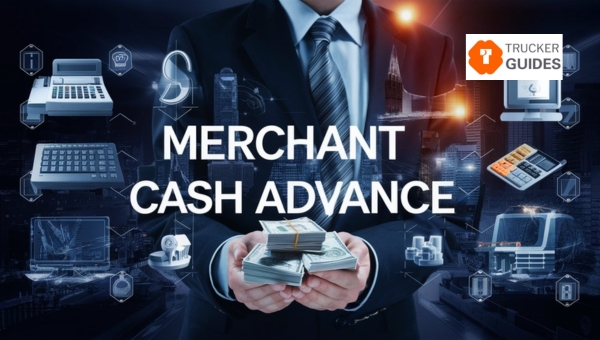

The world of business funding can be tricky. But if you’re looking for a quick, flexible solution, a Merchant Cash Advance might be your answer. In this article, we’ll delve into what a Merchant Cash Advance is, how it works, and why it could be a vital resource for your business.
We’ll also explore practical ways to utilize this funding option and provide an example to bring the concept to life. Dive in to discover how a Merchant Cash Advance can support your business growth seamlessly and efficiently.
A Merchant Cash Advance, often abbreviated as MCA, is a type of financing tailored specifically for small businesses. Unlike traditional loans, an MCA provides businesses with a lump sum of cash upfront, which is then repaid through a percentage of daily sales.
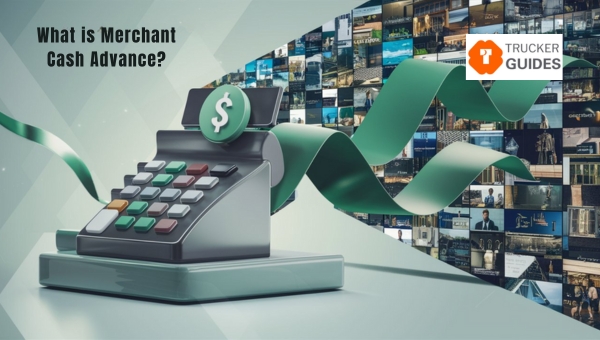
This feature makes it unique and particularly useful for businesses with fluctuating revenue streams. At its core, an MCA is not a loan but rather an advance on future sales. Businesses can utilize this financial tool to cover short-term expenses, purchase inventory, or manage cash flow gaps.
The repayment is directly tied to the business’s sales volume, which means during slower sales periods, the repayment amount automatically adjusts, offering flexibility and ease.
Moreover, MCAs are typically easier to qualify for compared to conventional loans, as they do not require extensive credit checks or collateral. This makes them accessible to a wide range of businesses, especially those that might struggle to secure traditional financing.
Also Read: Payment Processing Made Easy [Your Ultimate Guide]
A Merchant Cash Advance (MCA) provides businesses with quick funds based on future sales. It’s a financing option where a lump sum is given to a business in exchange for a percentage of daily credit card sales. This method is often used by businesses needing immediate cash.
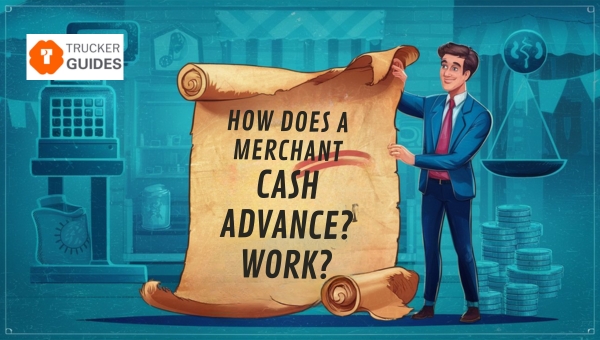
Using a Merchant Cash Advance involves:
This process is straightforward, making it accessible for businesses needing quick capital without the hassle of lengthy loan applications.
A Merchant Cash Advance is beneficial for businesses that need immediate cash flow without the stringent requirements of traditional loans. It’s ideal for those with fluctuating sales, as payments are based on income, easing the burden during slower periods.
Additionally, the application process is quick, and approval rates are higher, making it a viable option for many small businesses. This flexibility and ease can help keep operations running smoothly and seize growth opportunities when they arise.
Also Read: Bench Bookkeeping Service [Top Tips for Managing Finances]
Imagine a small café looking to expand its seating area. Traditional bank loans seem too complicated and time-consuming. This is where a Merchant Cash Advance (MCA) comes in handy. The café owner decides to obtain an MCA, receiving a lump sum upfront.
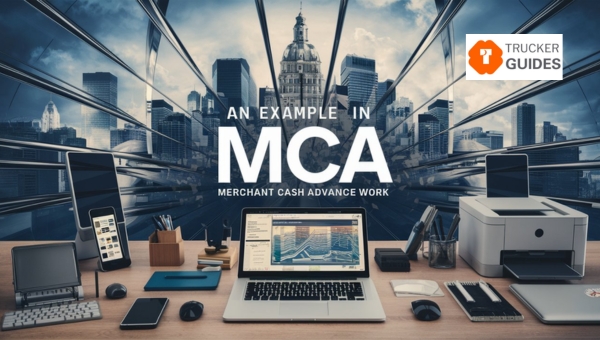
In return, they agree to repay the advance with a percentage of their daily credit card sales. This setup allows the café to grow without the hassle of lengthy loan processes and rigid repayment schedules.
| Advance Amount | Factor Rate | Total Repayment | Cost of Advance |
|---|---|---|---|
| $10,000 | 1.1 | $11,000 | $1,000 |
| $10,000 | 1.2 | $12,000 | $2,000 |
| $10,000 | 1.3 | $13,000 | $3,000 |
| $10,000 | 1.4 | $14,000 | $4,000 |
| $10,000 | 1.5 | $15,000 | $5,000 |
| $20,000 | 1.1 | $22,000 | $2,000 |
| $20,000 | 1.2 | $24,000 | $4,000 |
| $20,000 | 1.3 | $26,000 | $6,000 |
| $20,000 | 1.4 | $28,000 | $8,000 |
| $20,000 | 1.5 | $30,000 | $10,000 |
| $50,000 | 1.1 | $55,000 | $5,000 |
| $50,000 | 1.2 | $60,000 | $10,000 |
| $50,000 | 1.3 | $65,000 | $15,000 |
| $50,000 | 1.4 | $70,000 | $20,000 |
| $50,000 | 1.5 | $75,000 | $25,000 |
Also Read: 8 Best PEO Services for 2024 [Must-Have Professional Help]
Merchant cash advances (MCAs) can provide quick access to funds but often come with high fees and complicated terms.
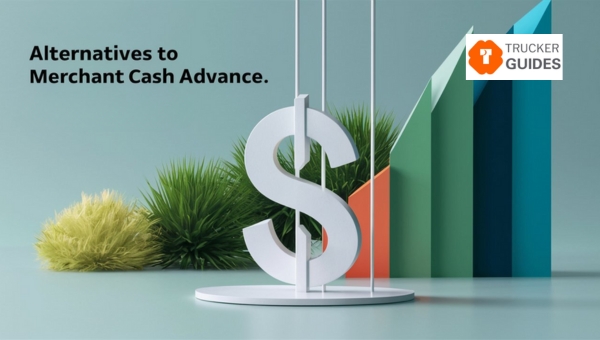
For businesses looking for more sustainable financing options, several alternatives exist that offer lower costs and more manageable repayment structures. Here are some effective alternatives worth considering:
A Merchant Cash Advance can be a helpful solution for businesses needing quick access to funds. It offers flexibility and ease, especially for those with less-than-perfect credit scores. However, it’s important to fully understand the terms and fees involved to ensure it’s the right fit for your business needs.
By carefully assessing your situation and consulting with professionals, you can make an informed decision that supports your business growth.
If you found this article helpful, be sure to explore more informative blogs on our site. Stay informed and empowered!